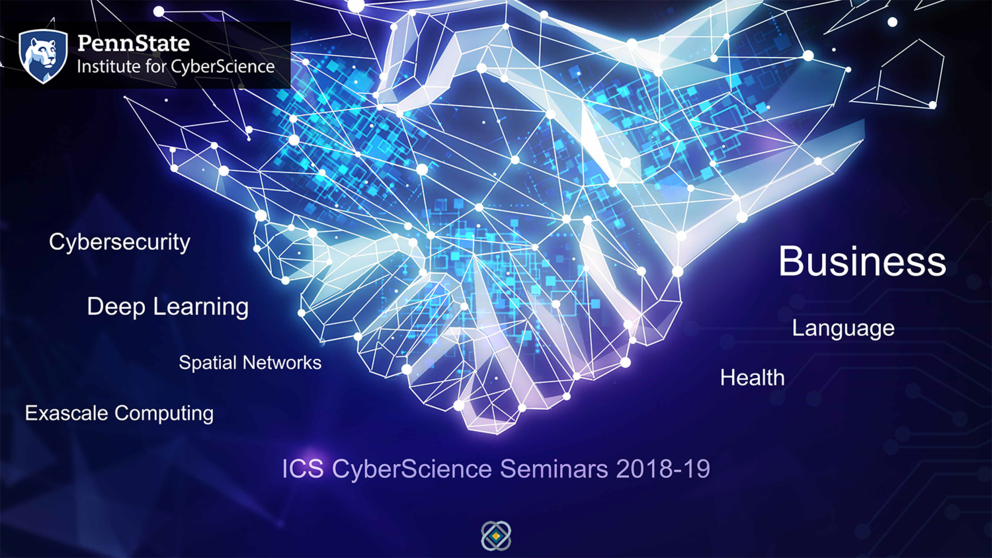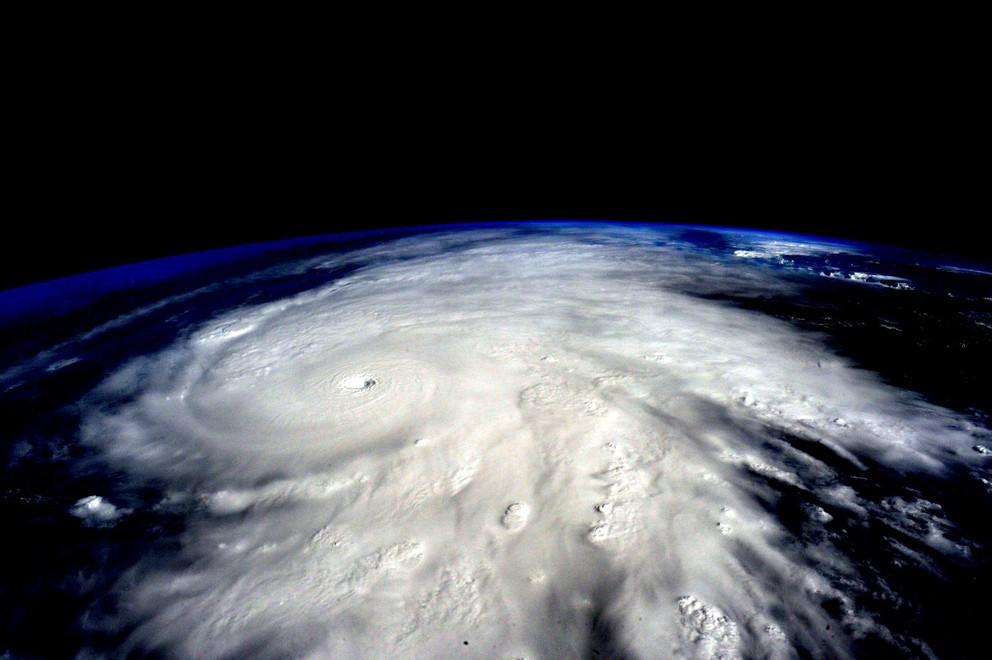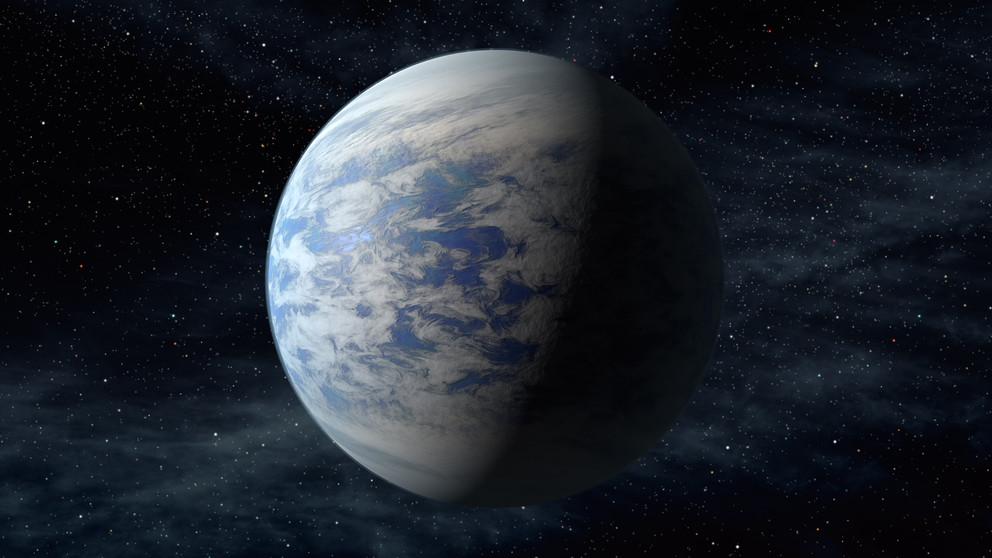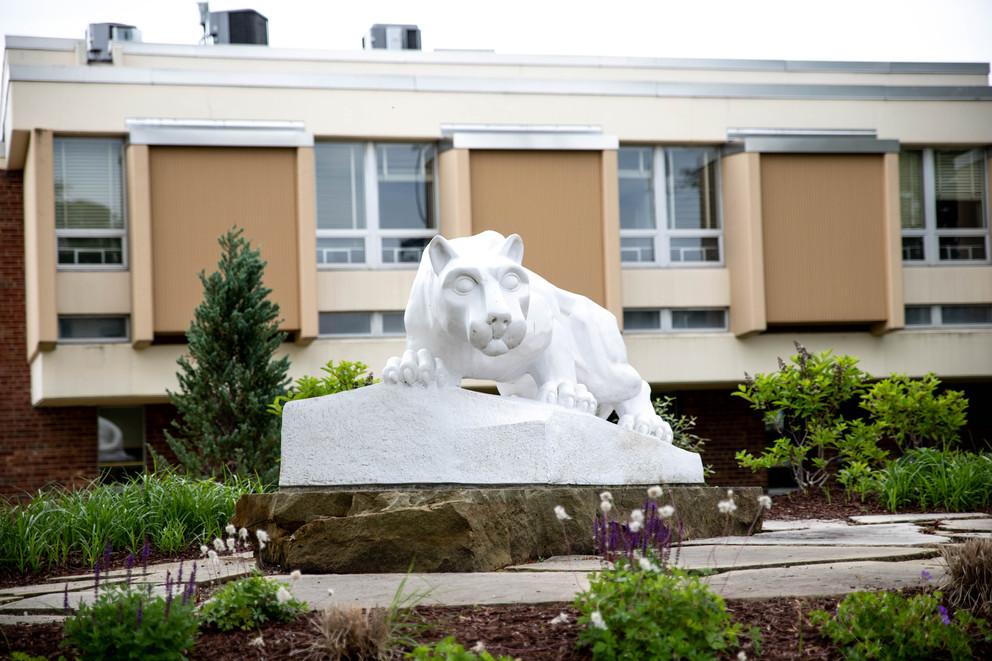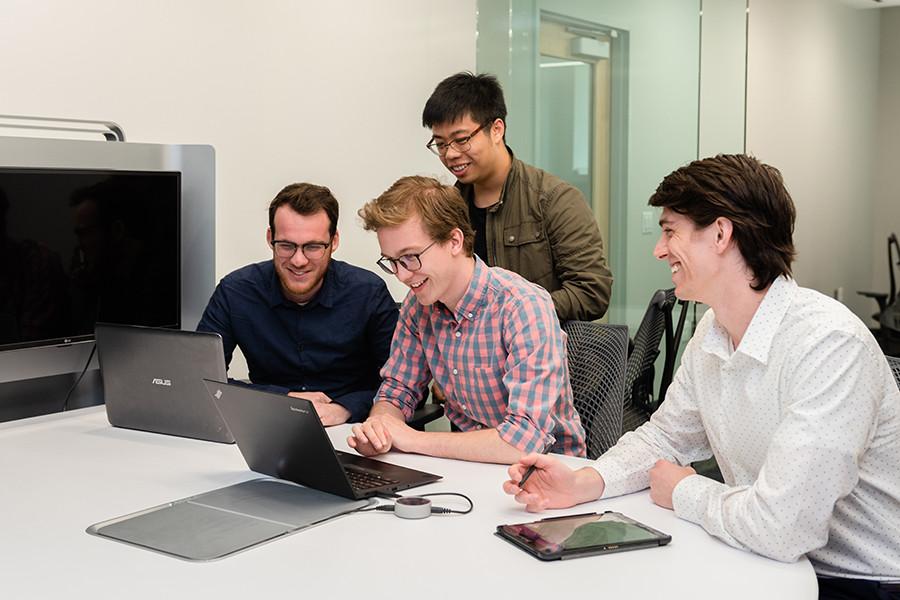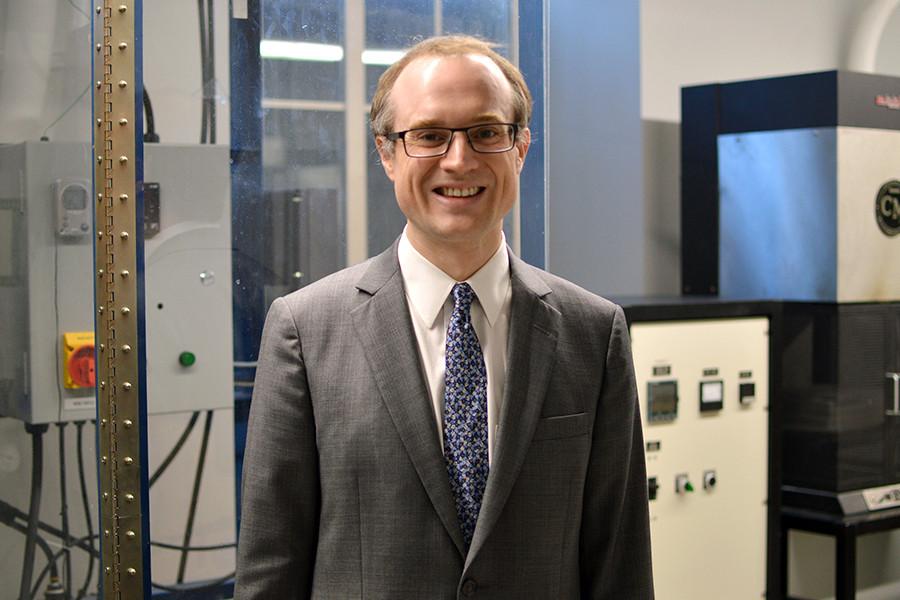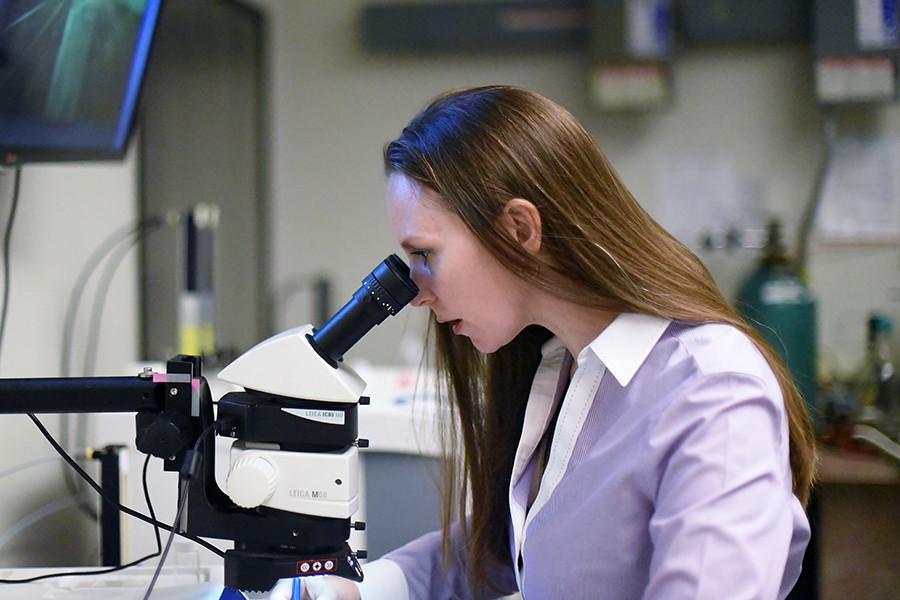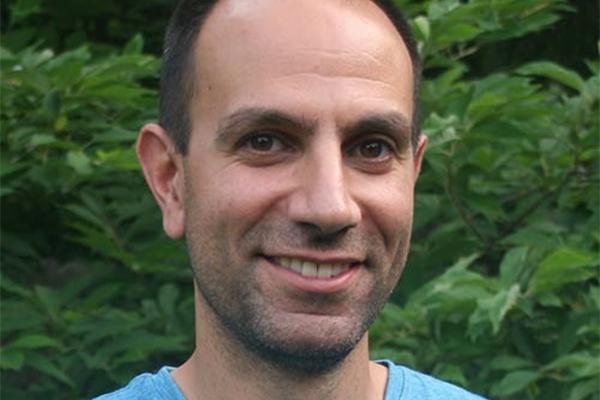Read the latest news about research conducted by investigators in the College of Earth and Mineral Sciences. Our faculty and students are continually advancing technology, creating solutions and expanding knowledge with new and innovative research.
News
Business, language, deep learning, networks, health and cybersecurity — these are a few of the many research areas that have benefited from advances in big data analytics, big simulations and other cyber-enabled methods. They are also the topics slated to be featured in the 2018-19 CyberScience Seminars series, hosted by the Institute for CyberScience (ICS).
A dozen students from around the nation recently wrapped up their summer research projects in the Department of Meteorology and Atmospheric Science, funded through the National Science Foundation’s (NSF) Research Experiences for Undergraduates (REU) program.
The Institutes of Energy and the Environment has announced a food-energy-water (FEW) workshop. The purpose of the event is to build a community of practice around the Food-Energy-Water Nexus, where the sectors of food, energy and water connect.
Improving forecasting for a host of severe weather events may be possible thanks to a more comprehensive method for measuring the Earth's boundary layer depth, developed by Penn State researchers.
There may be more habitable planets in the universe than we previously thought, according to Penn State geoscientists, who suggest that plate tectonics — long assumed to be a requirement for suitable conditions for life — are in fact not necessary.
The West Penn Power Sustainable Energy Fund(WPPSEF) has awarded Penn State New Kensington $75,000 to aid in incorporating sustainability and best practices to the campus-led Corridor of Innovation and revitalization efforts in the city of New Kensington.
Jason Munro, a doctoral student in materials science and engineering, credits two recent scholarships with allowing him to pursue research that’s both his passion and relevant to advancing the needs of society.
According to research by John Mauro power-law distribution explains accidents in the workplace and how best to minimize them.
Ralph Colby has partnered with two other Penn State researchers to get a better basic understanding of how plastics cool from a liquid to solid shape in injection molding.
One Penn State professor is seeking to create spatial statistical models for extreme events such as large forest fires, floods and heavy rainstorms to help make better decisions on infrastructure, preparation and mitigation.



